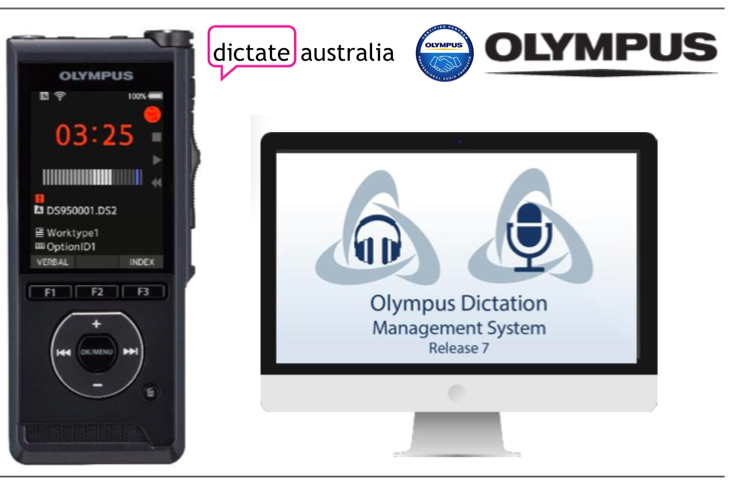
Think about the computer in Star Trek, Jarvis in Ironman, and HAL in 2001. The idea of being able to speak to your computer has been in popular culture for a while. If your child has great ideas, but has difficulties getting those ideas on paper is Dragon NaturallySpeaking something that could help these children to produce work? What kind of student would find this software beneficial? Is it more trouble than it’s worth? Would Dragon NaturallySpeaking work in a crowded, noisy classroom?

This is based on the idea that most people speak at a rate of 120 words per minute, but type at an average speed of less than 40 words per minute. The dream is to be able to dictate our comments instead of typing.In theory, it’s a lot quicker to speak than to type Dragon claims that their software is three times faster than typing. Our students hand in a lot of work online or submit a digital version on a USB key, and so we provide a lot of feedback by typing comments directly into those electronic assignments. We use a lot of technology in the classroom. We’re trying to find a way to become more efficient.We’ll follow up with a second post in a month to see if our thoughts change after we become better acquainted with the program.

I’m not sure if it’s easier to speak our ideas rather than typing this post, but that could be because we’re just starting out. (I did have to use some keyboard clicking and mouse highlighting when I was editing.) Right now, this post is being written using Dragon and Internet Explorer.

We’re trying to figure out whether speech recognition software can make us more efficient, as well as how good it would be in the classroom. We just got Dragon NaturallySpeaking 11 Wireless Premium and we are cautiously optimistic.


 0 kommentar(er)
0 kommentar(er)
